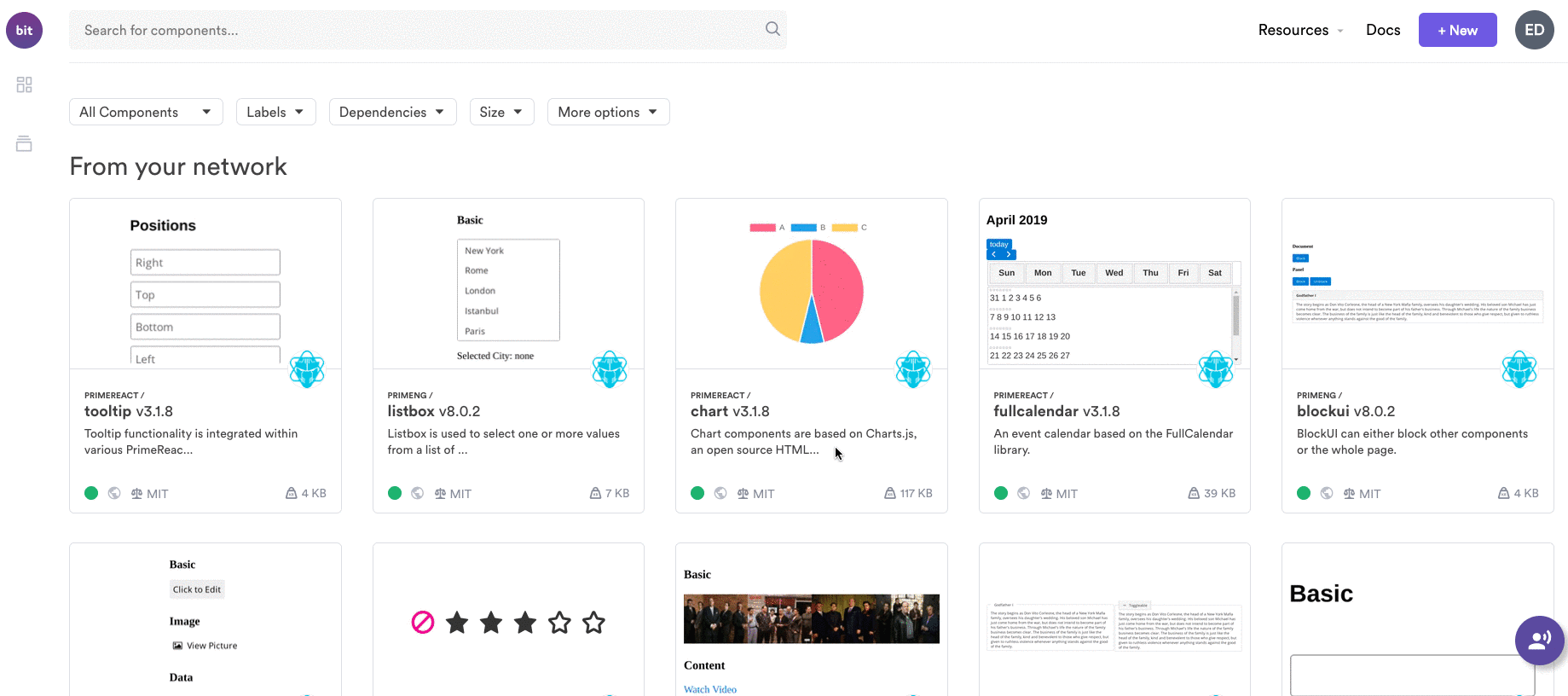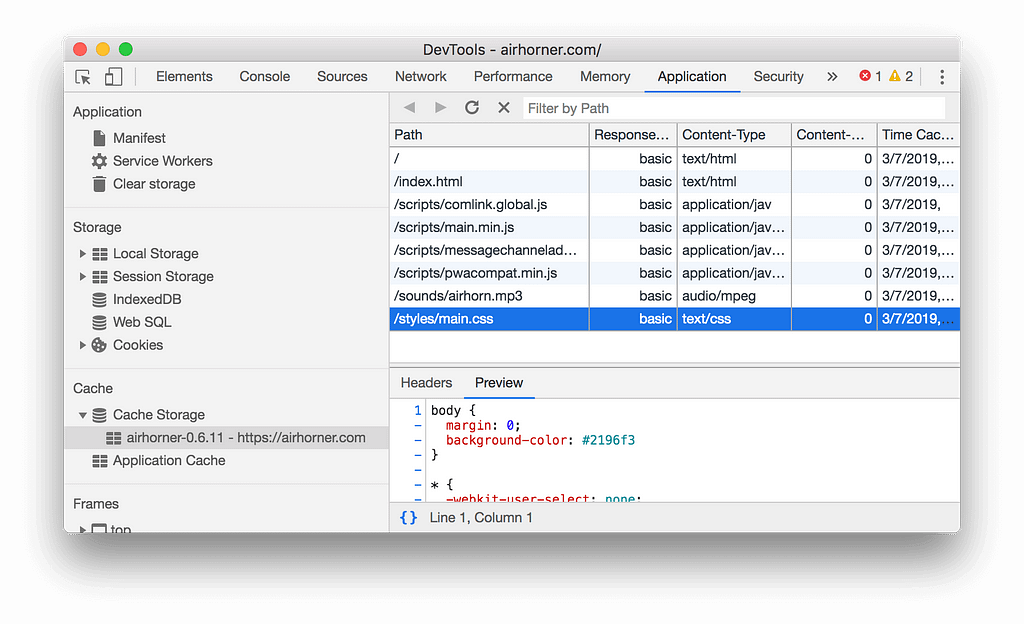This content originally appeared on Bits and Pieces - Medium and was authored by Viduni Wickramarachchi
Web Caching: How to avoid common pitfalls.

Page load time has become a crucial indicator of user experience that’s even considered by Google as a core web vital for its ranking algorithm.
Caching is certainly one of the most important elements for page load optimization. However, improper use of it could lead to other problems.
This article will help you understand why setting up caching for websites is essential and make you aware of the common pitfalls. At first, let’s explore the benefits in detail.
1. Improved Page Load Time and Responsiveness
With caching, data retrieving gets faster since it limits the need for full network roundtrips. If we cache content in the browser, the retrieval is instantaneous.
However, the user might experience a delay in the initial page load until the cache is populated.
Lazy loading for caching
In practice, there are many caching strategies you can use. Out of these, the lazy loading strategy gives out improved page load time, and it loads data to the cache only when necessary.
This avoids filling up the cache with unnecessary data.
Caching dynamic data
Caching static content is safer than caching dynamic content where the browser takes care of the complexities. However, it won’t fit dynamic content since the browsers aren’t predictable for cache-invalidation.
However, if you need to implement dynamic content caching, I would recommend using a Content Delivery Network (CDN), which is more of a middle ground.
With CDN, content is cached closer to the user in the network path, reducing the latency. Besides, you can perform cache invalidation at the CDN, giving the relevant instructions. It is a clear differentiator, which makes it suitable for dynamic content caching, in contrast to browsers.
2. Improved Availability of Data
Caching helps to improve the availability of the website at different levels. When we cache content at the browser level, it avoids navigation issues under poor network conditions.
Also, we can use service workers to improve the offline working experience.
Besides, using CDNs will help to manage availability issues when the origin server goes offline. For instance, while doing a release or server update, the cache could serve as a failover.
3. A Better Chance at Scaling
Handling many requests through a single server requires a powerful infrastructure (better memory, storage, processing power, etc.). Maintaining such a server with high availability can be very costly.
Since frontend caching decreases the number of requests sent to the server, the need for a very powerful machine is avoided.
For example, if you have many high-resolution images on your website, fetching those files will always lead to heavy traffic on the server. However, if these are cached, a larger percentage of traffic can be eliminated. Therefore, a machine with a less powerful infrastructure will also be suitable.
With front-end caching implemented, even SMEs have a higher chance of scaling and accepting high traffic which gives a better chance at competing with the big players in the market.
Tip: Share your reusable components between projects using Bit (Github).
Bit makes it simple to share, document, and reuse independent components between projects. Use it to maximize code reuse, keep a consistent design, speed-up delivery, and build apps that scale.
Bit supports Node, TypeScript, React, Vue, Angular, and more.

So far, we have looked at how caching can make your application better. However, is caching always suitable? Are there instances where cached content can create problems? — Let’s find out!
1. Setting Expiry Headers Incorrectly
Expiry headers (Time To Live — TTL) for content determine how often the content will be updated. Correctly set expiry headers will invalidate the cache in a timely manner, enabling the users to see the application's latest updates. This avoids stale data.
However, if you have set an expiry header far into the future for frequently changing content, users will see stale data on the site. Far-future cache headers are only suitable for static content that may not change often. Therefore, setting the correct expiry headers is very important to keep your application up to date.
Two main facts need to be considered as a best practice to set the TTL for cached content.
- Resource type — If the resource type is static, longer TTLs can be assigned, as mentioned above. However, if the resource type is dynamic, shorter TTLs will help to keep the data fresh.
- Resource use — The TTL should be set based on how often the content is used as well. For example, in an e-commerce site with volatile prices for products, the TTL should be set to expire by the end of the day to keep the prices up to date and show the correct information to the user.
And remember, you have minimal control over the browser cache once the TTL is set. Therefore, you might also need to consider release frequency and ensure that the pages can use the correct version of the assets (CSS, JS, Images).
2. Caching Only the Homepage
Most of the time, developers only focus on improving page load time for the website's homepage. However, when a user visits your site, they will go through a few pages before purchasing your service.
Therefore, even if your homepage loads really fast, if other pages are underperforming, there is a high chance that the user will not proceed with the purchase.
If that happens, spending so much effort to optimize the homepage will not give you the expected results. Therefore, it is important to implement caching strategies to the entire site or at least all the important pages that will help a user turn into a customer.
3. Not Communicating Updates to the User
When the content is updated, a new copy needs to be loaded for the users. If a content refresh cannot be enforced automatically (using cache invalidation strategies), we should inform the users to do a hard refresh.
Failing to communicate this may result in showing stale data to a user. Therefore, it is important to send a notification or display a banner asking the user to refresh the site to retrieve the latest updates when a new version of the application is pushed.
You can use a technology like WebSockets to inform the web application that a new version is available. The message could be displayed as a banner on the homepage instructing to reload the page.
4. Not Checking the Caching Configuration
The first caching strategy implemented on your website may not be the best when it grows and attracts more traffic. As we update the website with new content and features, it is important to re-visit the caching configuration.
For example, if your website started with static content initially, the expiry of cache control headers would be set to far-future dates. However, with new implementations, if there is content that is changed more often, the cache configurations should also be modified with lower TTLs to retrieve fresh elements often.
5. Cache Invalidation Strategy
Cache invalidation is important to tell the browser that a new version of the asset is available. If cache-invalidation strategies aren’t implemented, users of your application will always see stale data. Cache invalidation will help break the cache and force the browser to download a new copy of the asset.
It’s a best practice for single-page web applications to prevent the index page from caching in the browser to avoid serving the older version after a release, which could also impact stability serving a mix of asset versions.
Besides, the impact on performance is low since the HTML is typically loaded once per user session.
Let’s look at a few cache-invalidation strategies.
- Using query strings — A different or a new file can be indicated via a different query string (v=3.4.1) in the URL. Most browsers will recognize this and download a fresh copy. CDNs even support this. But certain browsers may not support this.
<link rel="stylesheet" href="style.css?v=3.4.1">
- Changing the file name — When a new copy needs to be downloaded, the filename can be changed to make the browser recognize it as a new change.
<link rel="stylesheet" href="index.362124.js">
- Using the file updated date — Cache invalidation can be implemented based on the file's last updated date.
Final Thoughts
So far as we’ve seen, caching gives a lot of added advantages to our applications.
However, determining the best caching strategy for your application depends on the context of your application. For example, suppose your website is full of dynamic data that needs to be cached. In that case, it is better to cache it at the CDN level, where dynamic parameters can be considered for updating and serving cached content.
You can use tools like Chrome Dev Tools to view the cached content of your browser.

On the other hand, you must be well aware of correct caching strategies to avoid any pitfalls you may face throughout the development process. Besides, having a wrong caching strategy is worse than not having caching at all.
Therefore, watch out for those corner cases and establish the best practices around caching.
Thanks for reading!
Learn More
- Fundamentals of Caching Web Applications
- Server-Side Caching in Expressjs
- Understanding Service Workers and Caching Strategies
Web Caching Best Practices was originally published in Bits and Pieces on Medium, where people are continuing the conversation by highlighting and responding to this story.
This content originally appeared on Bits and Pieces - Medium and was authored by Viduni Wickramarachchi
Viduni Wickramarachchi | Sciencx (2021-03-04T18:20:32+00:00) Web Caching Best Practices. Retrieved from https://www.scien.cx/2021/03/04/web-caching-best-practices/
Please log in to upload a file.
There are no updates yet.
Click the Upload button above to add an update.
